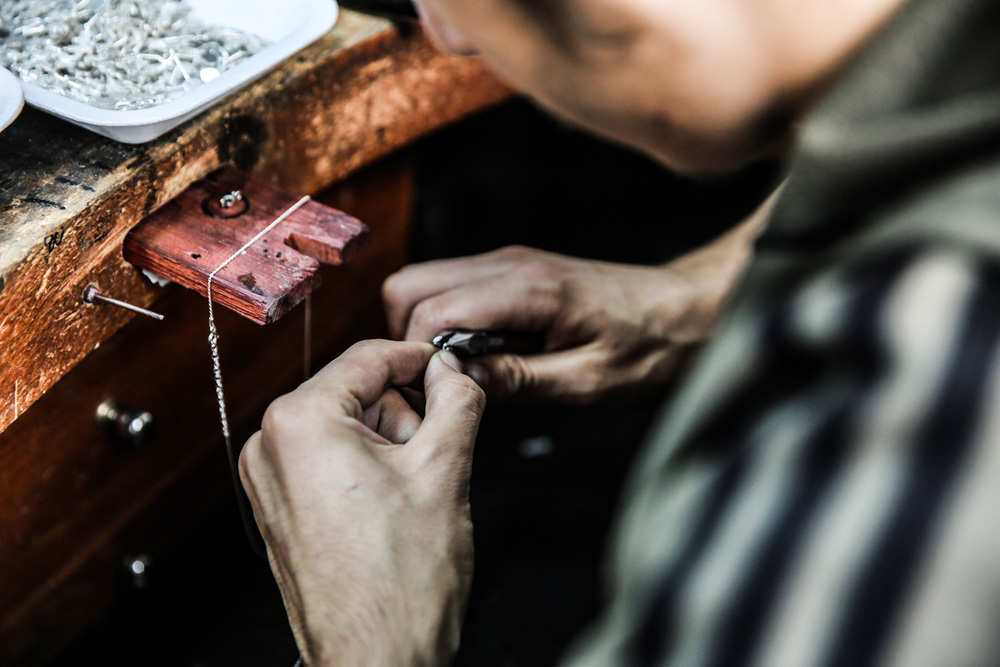As sustainability becomes an increasingly important consideration in consumer choices, the jewelry industry is undergoing a transformative shift towards more eco-friendly practices. Silver jewelry, with its timeless elegance, is no exception to this trend. In this article, we’ll explore the ways in which silver jewelry can be sustainable, from responsible sourcing to ethical production practices.
- Recycled Silver:
One of the key pillars of sustainable silver jewelry is the use of recycled silver. Rather than relying solely on newly mined silver, many jewelry designers and brands are opting for recycled silver sourced from reclaimed materials. This approach significantly reduces the environmental impact associated with traditional mining, including deforestation, habitat disruption, and energy consumption.
- Ethical Mining Practices:
For silver that is newly sourced, ethical mining practices are crucial for sustainability. Some mines adhere to responsible and sustainable methods that prioritize environmental protection, workers’ rights, and community well-being. By supporting jewelry brands that are committed to ethically sourced silver, consumers contribute to a more sustainable supply chain.
- Artisanal and Small-Scale Mining (ASM):
Supporting artisanal and small-scale mining (ASM) initiatives is another way in which silver jewelry can contribute to sustainability. ASM operations often prioritize community development, fair wages, and environmentally conscious practices. Choosing silver sourced from ASM can help uplift local economies and promote social responsibility within the industry.
- Minimal Environmental Impact:
Compared to other precious metals, the production of silver jewelry generally has a lower environmental footprint. Silver requires less energy to mine and refine, making it a more environmentally friendly choice. Additionally, advancements in eco-friendly processing technologies further minimize the industry’s impact on ecosystems.
- Durable and Timeless Design:
Sustainability is not only about sourcing materials responsibly but also about creating pieces that stand the test of time. Silver jewelry, known for its durability, can be passed down through generations, reducing the demand for new production. Timeless designs also contribute to sustainability by transcending trends and promoting long-term wear.
- Transparent Supply Chains:
Many sustainable jewelry brands prioritize transparency in their supply chains. This includes providing information about the origin of the silver, the production process, and the overall environmental and social impact of the jewelry. Consumers can make informed choices by supporting brands committed to openness and ethical practices.
- Recyclability:
Silver is highly recyclable, and the recycling process requires significantly less energy compared to mining and refining new silver. This recyclability makes silver jewelry a sustainable option, as it can be repurposed and redesigned without degrading its quality.
The sustainability of silver jewelry is not just a trend but a commitment to preserving our planet’s resources and supporting ethical practices within the industry. Consumers play a pivotal role in driving this change by choosing jewelry brands that prioritize responsible sourcing, ethical production, and transparency. As the demand for sustainable options continues to grow, silver jewelry is poised to shine not only for its beauty but also for its positive impact on the environment and communities around the world.

